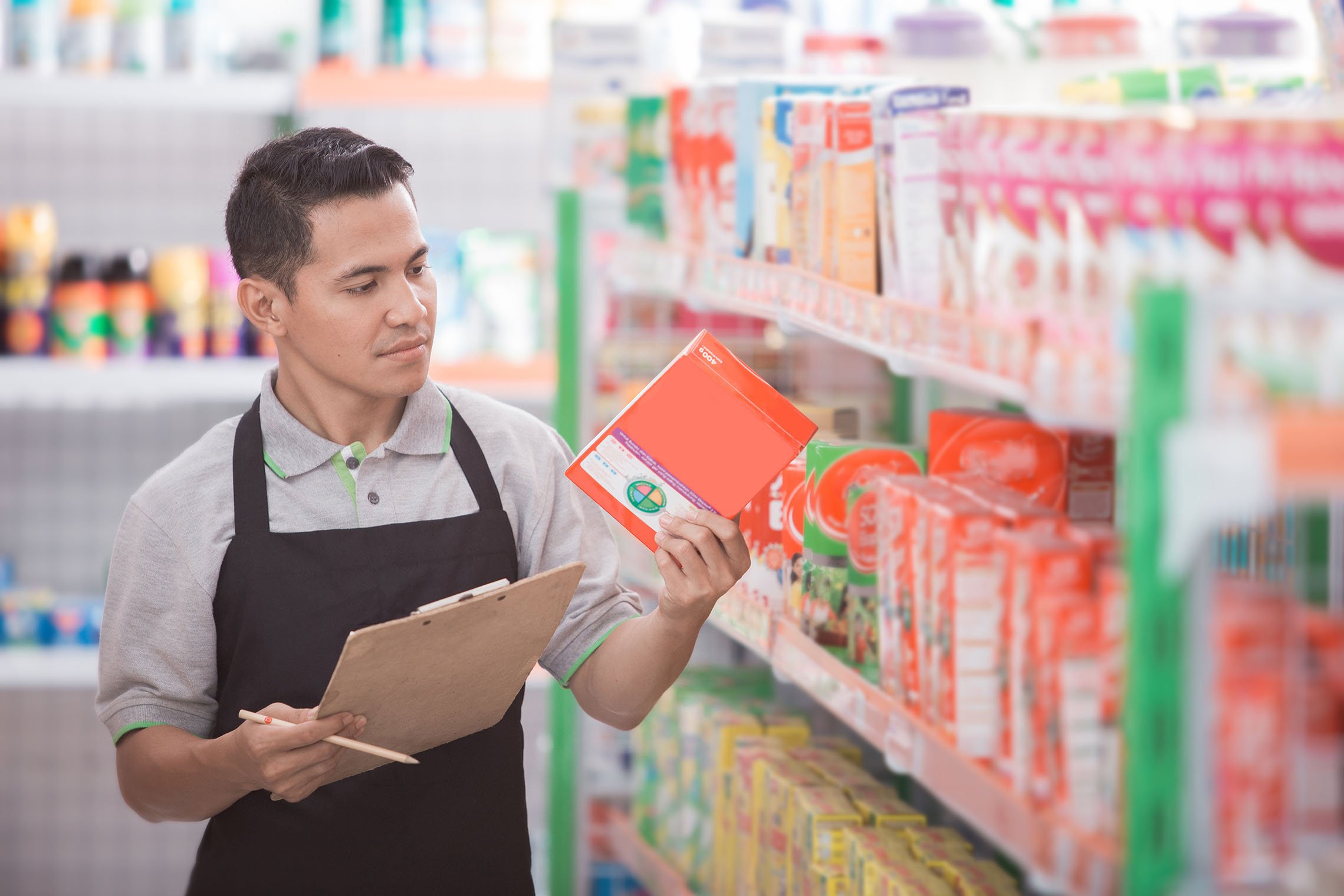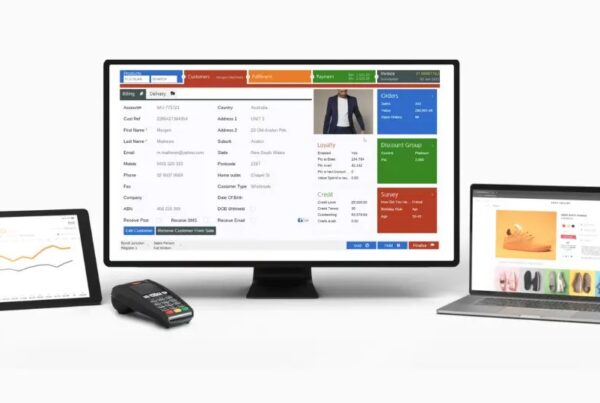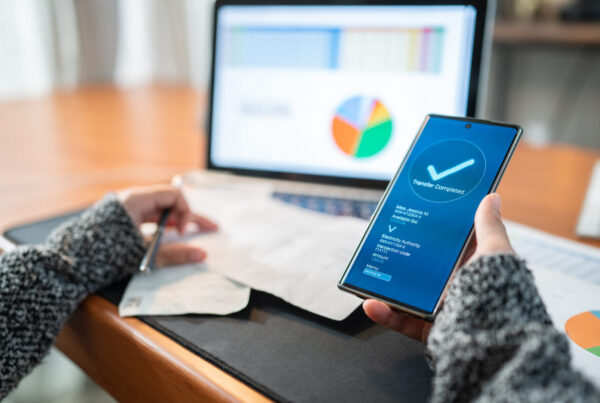A retail store daily checklist is an essential tool to achieve smooth retail management. It also ensures that your entire staff is on the same page and targets the same goal. Following a good checklist, your business can build up healthy habits that are needed to get long-term success. Opening and closing are the two most critical procedures that can have a huge impact on daily operations. This article will give you some instructions on an effective retail store opening checklist as well as a proper retail store closing checklist.
Why is a daily store checklist important?

A retail store operations checklist is essential in running a retail store, especially an opening and closing checklist. It can help you run the daily operation smoothly. As a result, you will have more time to improve customers’ in-store experience. 54% of surveyed people considered it the most important factor to make a purchasing decision following smallbizgenius.net. In addition, there are some other benefits that a proper retail store opening and closing checklist can bring to your business.
Better organization
When you have a checklist with all the tasks, you can allocate them to each staff so they will be accountable for their assignment. This will result in a well-organized and seamless process from the time the store opens to the time it closes. Furthermore, if duties aren’t performed or done properly, you’ll be able to track down the source of the problem. Employees must take responsibility for their duties.
Improved communication
Creating an opening and closing checklist guarantees that all the staff has clear communication. As a result, there will be no overlapping or missing tasks. You will be able to keep track of issues and discrepancies, as well as a list of everything that was or wasn’t completed before closing.
Improved security and safety
According to the 2020 National retail security survey, retail theft reached $61.7 billion in 2019, up from $50.6 billion in the previous year. It shows that retail theft is increasing significantly. Therefore, improving store security is necessary. A proper checklist will remind you and your personnel to follow all the security steps when opening and closing the store. Having a checklist ensures that each of these activities is completed, whether it’s making sure it’s safe to enter, properly setting the alarm and locking all the doors before leaving, or removing high-priced items from window displays.
Saving costs
There are several tiny details that you may consider unimportant or easy to remember, such as lowering the temperature, turning off the lights, or turning off the electrics when the store is closed. However, they may significantly increase your expenses. Putting such tasks on your checklist, on the other hand, will ensure that you don’t forget anything. You can also save money on your utility costs if you pay attention to these small details.
Retail daily store opening checklist
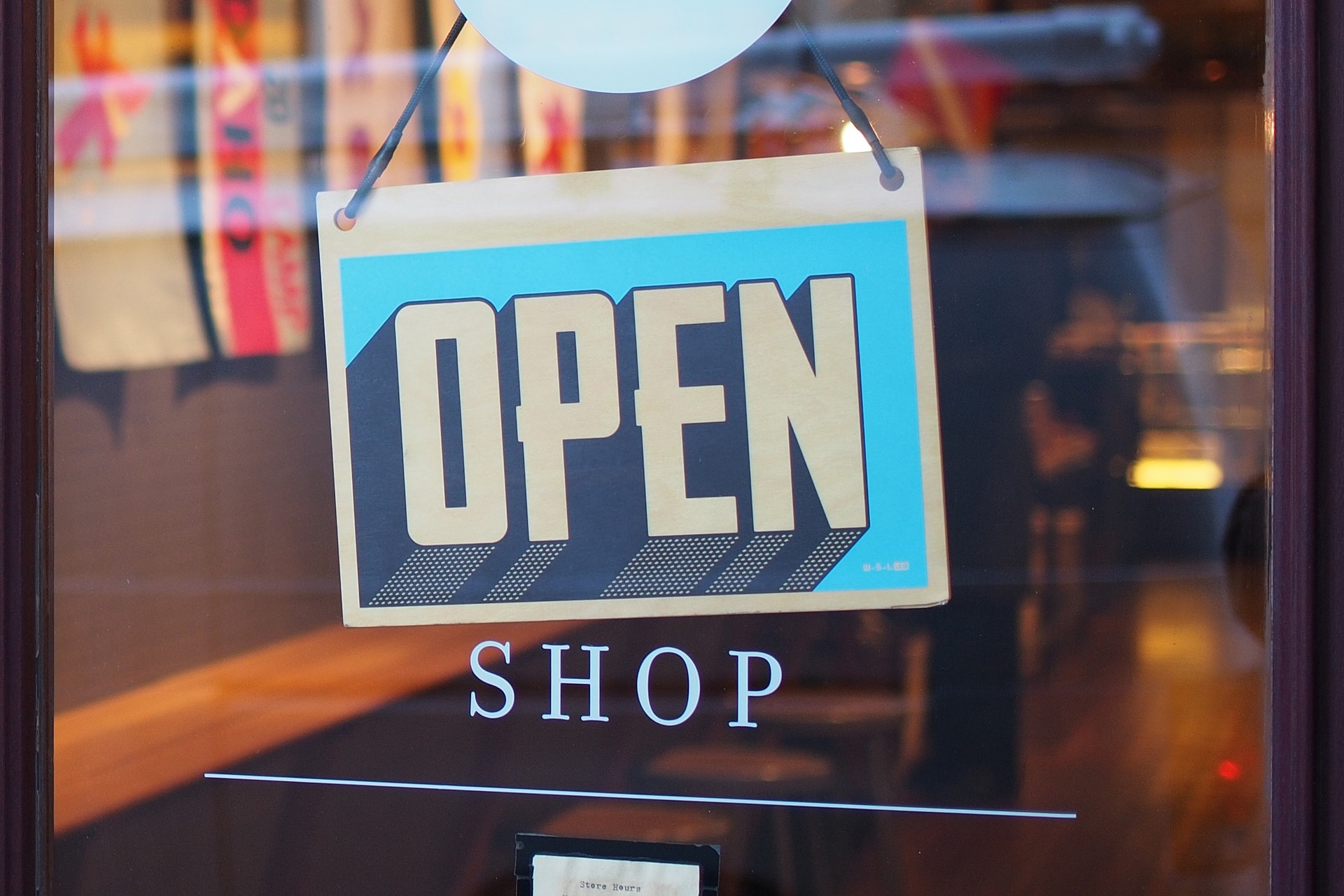
The opening checklist for each retail store may be different depending on the type of business. However, these are some common store opening procedures:
Security check
Retail robbery has increased significantly recently, especially during opening and closing hours. Therefore, checking security during opening is needed to add to the retail store checklist for operations. Try to walk around the building or outside the store before opening it. While you investigate the building, your colleague should keep a close eye on the surroundings for any suspicious activities. If you see any strange things, don’t go any farther. Open the store door and relock it after entering. Turn off the alarm. If your security system requires a panic or distress code, ensure that everyone who opens the store knows it. Before the store opens, the doors should never be left unlocked. Employees should be let in one at a time, with the door secured behind them after each one.
General inspection and housekeeping
After entering the store, turn on all the lights and do a full inspection to confirm there are no issues and that the closing staff completed all of the things on the nightly checklist. The next step is to inspect the floor, ceiling, and walls for any signs of a plumbing, heating, or cooling system malfunction. After that, clean the floor, windows. Make sure the fitting rooms are ready for customers, and all the products are sorted on the shelves.
Turn on electronics
It’s time to switch on your electronic systems once you’ve double-checked that everything is in its proper place and that nothing is missing. Firstly, switch on your cash registers and ensure they’re ready. If you don’t have enough money in your cash register, count the money you’ll need away from the front entrance. Then, turn on your computers, retail POS systems, televisions, and sound systems, and turn on the air conditioning. Make sure your screens show the correct promos with the most up-to-date information.
Prepare visual merchandising
According to crowndriff.com, 65% of people are visual learners, and 67% of product users say visuals are important when making purchasing decisions. Visual merchandising is essential for catching people’s attention and encouraging them to visit your store to make a purchase. It is necessary to ensure that all the shelves and products displays are organized. Your storefront appears appealing, whether it is in a mall or a standalone building. Remove any trash or garbage, and hang any exterior signs or banners that you have. Examine your window display from the outside to ensure that it is attractive and that nothing is out of place.
Team meeting
Call a short meeting with the entire shift’s personnel after you’ve finished generating your daily task list. Assign responsibilities and ensure everyone knows what they have to do that day. You should also review any relevant information for the future term such as daily targets and notices.
Retail daily store closing checklist
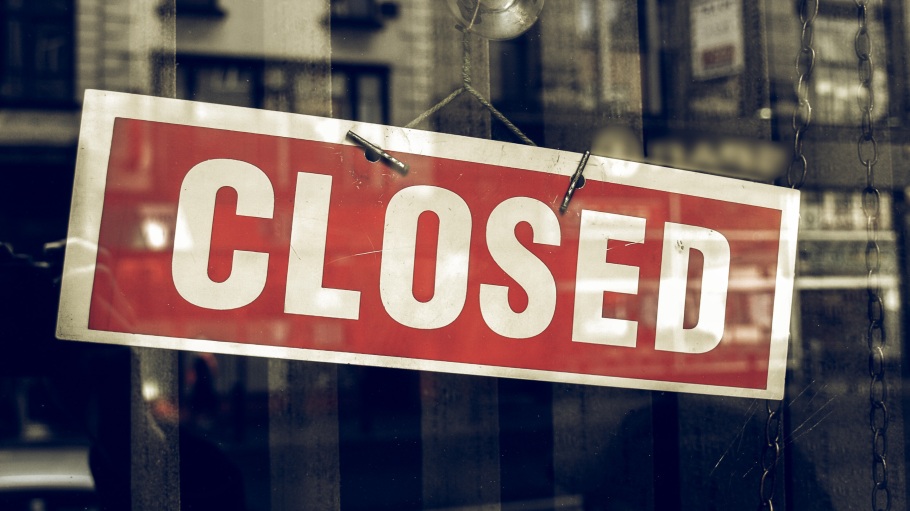
Similarly, store closing procedures may vary in different stores but share some typical tasks as follow:
Security check
The same as opening time, closing time is also a good chance for robbery. Closing operations, like opening procedures, should be completed in pairs or more. Evening security should be prioritized because criminals know there is more likely to be more money on the premises in the evening.
Clearing the stores
Customers should be notified 15 minutes before the store closes. This allows them to finish their shopping and go straight to the cash registers. After that, check all areas of the store, including restrooms, stockrooms, and closets, to make sure no one is still there. After this has been confirmed, bring in all banners, signs, and shopping carts that were left on the sidewalk or outside the store. All doors should be locked, especially the main entrance and exit doors. A supervisor should allow customers and employees to go and relock the door after each exit. Customers and employees should be watched when they leave to ensure they haven’t taken any unpaid items with them.
Restock and recovery
Products are moved around or may be left at the checkout counter. Therefore, you have to check all the rooms, all the shelves, and counters to return all misplaced merchandise to its proper location. Conduct inventory counts and make sure that the sold quantities match with the data in the inventory management system. Take more stock from the back and place it in the proper product displays to replace sold inventory. Restocking ensures that the store is ready to sell again the next day.
Housekeeping
Make sure your store is clean before you leave. This will make the process of reopening the next day go more smoothly. Go over the following list of daily closing housekeeping responsibilities:
- Clean the entire store, including the counters and mirrors, and make sure the fitting rooms are spotless
- Remove dust from product displays and fittings after mopping the floors
- Turn off all electronics
- Remove the garbage and recyclables
- Prepare for the next day
Closing registers and POS system
Set aside a certain amount of time to count cash and close all safes and cash drawers. Cash should be counted away from the registers, customers who are lingering in the business, and the front entrance. Managers should see and formally acknowledge the money countdown. After that, turn off your point of sale system. Make sure that all credit card machines are settled and your cash registers are safe.
Final walkthrough
Before turning off the lights, walk the floor one more time after turning off any computers, working displays, overhead music, and seasonal objects like lights, televisions, and more.
Check that everything is in its appropriate place and that the windows and doors are properly locked. Before leaving the store through the front door, activate the alarm system and learn the duress code. All closing workers should depart at the same time. Before leaving, close the doors and double-check that they are properly locked.
Related questions
What does every retail store need?
Opening a store, apart from the good products and location, you’ll need a few additional elements to run a successful retail store. The policies and procedures are the first things to consider. If you implement these retail policies and processes, customers and employees will be less confused about how things work in your store. Employees can also use the checklist to determine what they need to complete every day. Then you’ll need to develop a customer service strategy, which is critical in the retail industry. Customer service relates to how you help clients with problems, how to use your products, and how to answer their questions. How you’ll accomplish this is outlined in your customer service plan. Nowadays, with the introduction of retail store operation solutions which are integrated into an all-in-one system, customer management has become easier than ever.
What are five ways to secure a retail store?
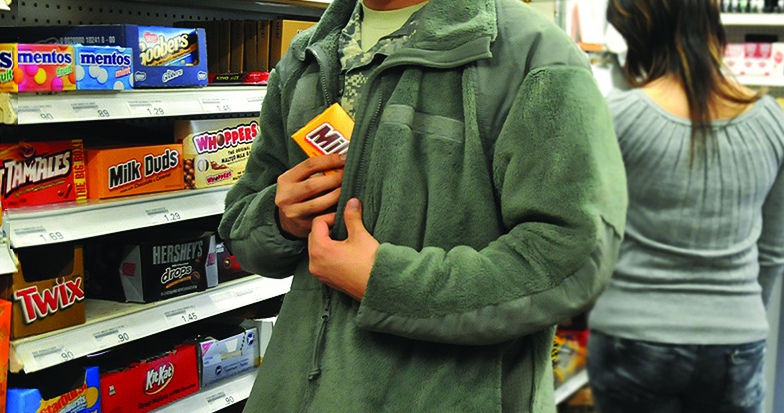
Implement monitored alarms
These monitored alarms can detect an open door, a damaged window, or movement. When the sensor is activated, an audio alert sounds to warn attackers. A notification is delivered to both your mobile device and the monitoring center, which then dispatches the appropriate authorities.
Integrate access control
Retailers can use access control technologies to restrict who has access to certain areas of their store. You’ll know when your employees come to work and what places they access at any given moment if you assign them unique codes. If something goes missing from the stockroom, for example, time records can show who was in the room and when. This can assist you in identifying the offender.
Apply Electronics Article Surveillance
Electronic article surveillance (EAS) is a shoplifting prevention technology that involves tagging clothing and merchandise. After the purchase, an employee must deactivate or remove the tag. An alarm rings and the store owner is promptly notified if an EAS tag leaves the store without being removed.
Implement cash control system and procedures
The cash register is where robbers go first when they enter your store. As a result, it’s critical to build a set of money-handling best practices such as limiting cash amounts or making regular bank trips.
Optimize store set up
Having adequate lighting both inside and outside your store makes customers feel more at ease. Employees and consumers will be more likely to spot suspicious conduct and take action if the space is well lit. In addition, it is critical to have clear channels of view in the floor plan. It is possible to prevent theft and keep both personnel and consumers secure by making it easy for them to see each other.
What are two signs of a potential shoplifter?
According to scienceofpeple.com, 33% of surveyed people admitted to shoplifting at least once, and 83% of retailers reported an increase in shoplifting in a survey in 2016. This is an alarming number. There are some tips to detect the potential shoplifters that may be helpful:
- A person who is not your typical customer: if you see anyone who enters your store to look for something but is not your typical customer, that may be a sign of a shoplifter
- A person with big bags or wearing large coats or baggy clothes: shoplifters normally want to take as much merchandise as they can. Big bags or large coats can help them hide things.
Conclusion
In general, a retail store opening checklist, as well as a closing checklist, are crucial to the proper operation of your store. It assists you in organizing your everyday work processes, improving internal communication, and reducing waste costs. As a result, your customer service can be improved, leading to a rise in sales and client satisfaction. Although each store may have its unique checklist, we believe that the above suggestions will serve as helpful references for you to run a successful retail business.
